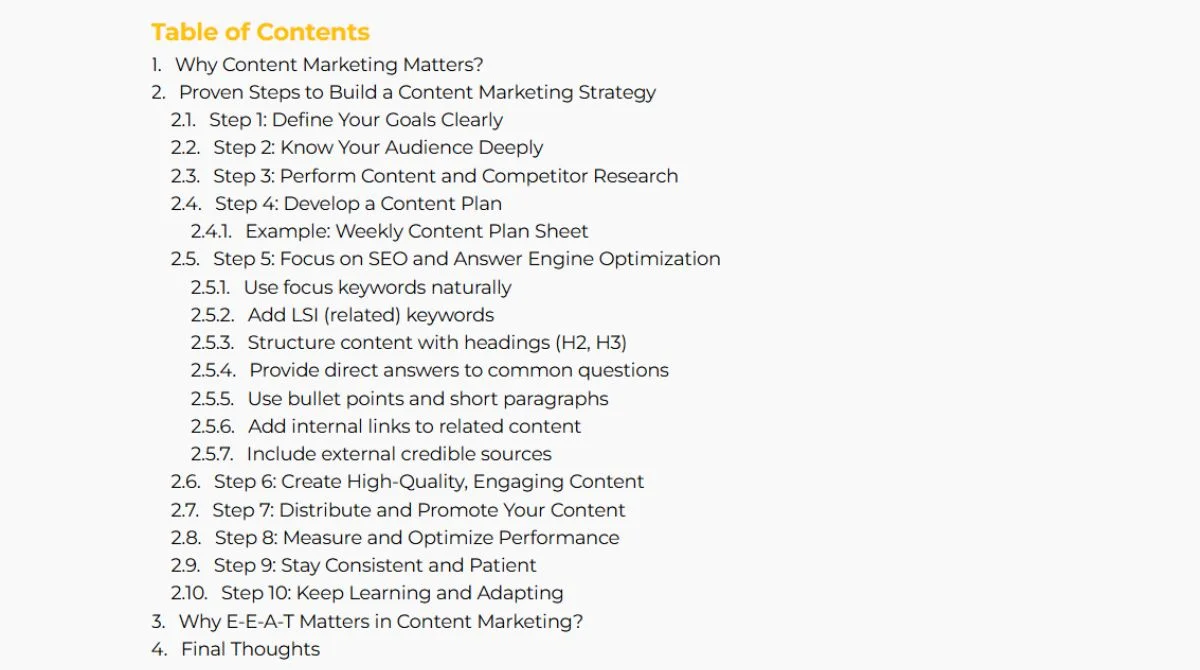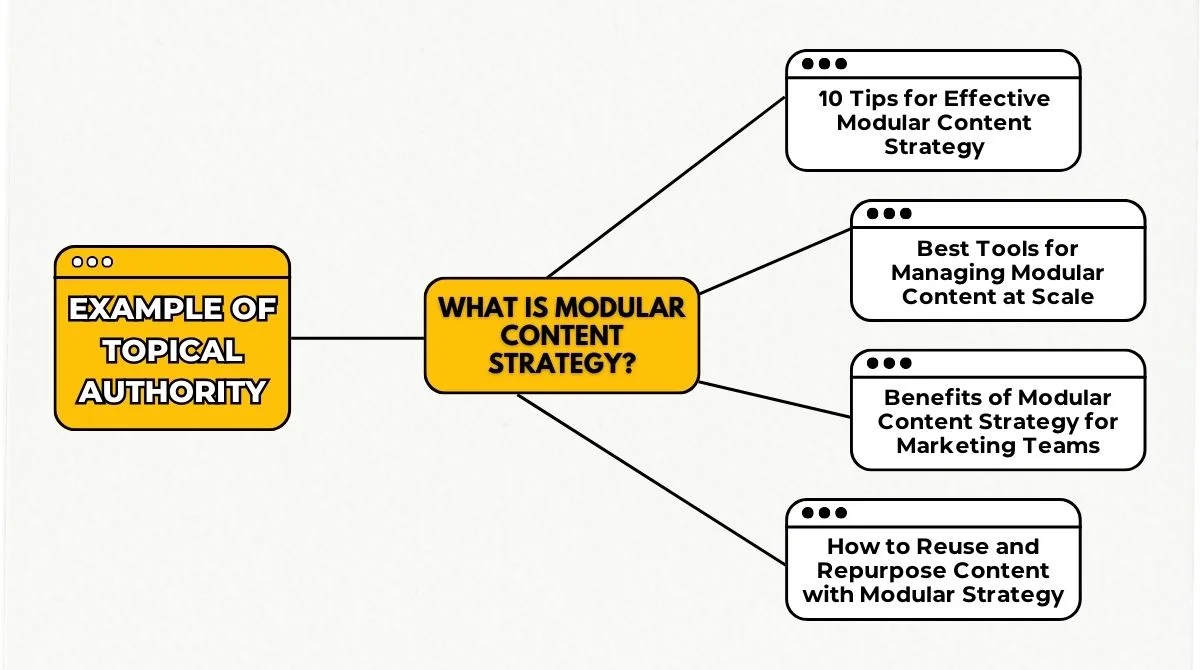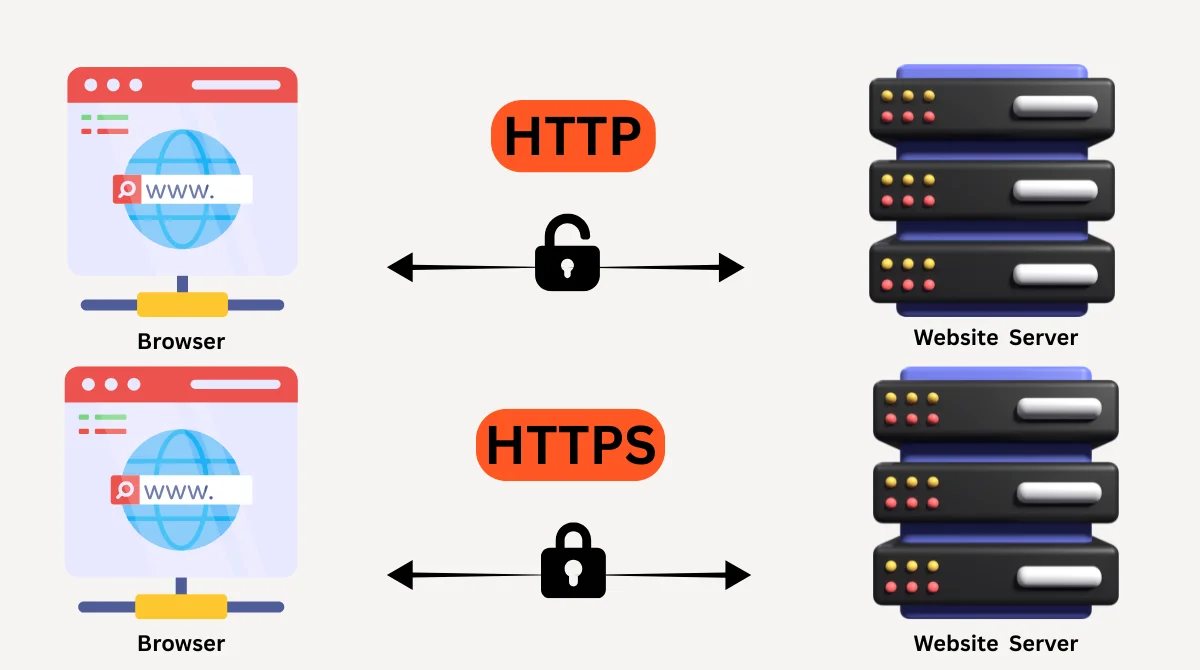Creating content that works across multiple platforms while saving time and resources has become essential for modern businesses. A modular content strategy enables you to build reusable content pieces that can be combined and rearranged to create diverse formats. This approach maximizes your content investment while maintaining consistency across all channels.
What Is Modular Content Strategy?
Modular content means building small building blocks of content and then using them to construct larger pieces. Think of it like digital building blocks where each piece serves a specific purpose. You create individual modules that can be combined in different ways to form complete articles, social posts, emails, or presentations.
This strategy revolutionizes your approach to content creation. Instead of starting from scratch each time, you leverage existing modules to build new content faster and more efficiently.
Why Modular Content Strategy Matters in 2025?
Google’s 2024 core algorithm updates have prioritized user-first strategies and high-quality content that provides genuine value. The updates focus on genuinely helpful content over content created purely for search performance.
Modern consumers expect consistent messaging across all touchpoints. Modular content ensures your brand voice remains uniform whether someone reads your blog, watches your video, or sees your social media post.
10 Essential Tips for Modular Content Strategy Success
1. Start with Content Audit and Planning
Begin by analyzing your existing content to identify reusable elements. Look for frequently discussed topics, common questions from customers, and evergreen information that applies across multiple contexts.
Create a content inventory that categorizes your materials by topic, format, and potential reuse scenarios. This foundation helps you understand what modules you already have and what gaps need filling.
2. Define Your Core Content Modules
Establish standard module types that align with your business goals. Common modules include problem statements, solution explanations, case studies, statistics, and call-to-action sections.
A content module should answer a question in one minute or less when read aloud. This keeps modules focused and easily digestible for your audience.
3. Create Audience-Specific Variations
Take a modular approach by intentionally creating content modules that cover multiple audiences and modules that are audience-specific. Develop variations of your core modules tailored to different buyer personas, experience levels, or industry segments.
For example, create beginner, intermediate, and advanced versions of technical explanations. This allows you to serve diverse audience needs using the same foundational content.
4. Establish Clear Content Taxonomy
Organize your modules using a logical classification system. Tag each module by topic, audience, content type, and usage context. This makes finding and combining relevant modules effortless.
Use consistent naming conventions and metadata that your team can easily understand and follow. Clear organization prevents duplicate creation and ensures efficient content discovery.
5. Focus on Quality Over Quantity
Google’s recent updates emphasize high-quality, unique, relevant, and helpful content to maximize SEO performance. Each module must provide genuine value and answer specific user questions thoroughly.
Invest time in creating fewer, high-quality modules rather than many mediocre ones. Well-crafted modules will serve you better across multiple content pieces and maintain their relevance longer.

6. Design for Multi-Channel Distribution
Create modules that work across different platforms and formats. A single module should adapt easily from blog content to social media posts, email newsletters, or video scripts.
Consider character limits, visual requirements, and platform-specific best practices when designing your modules. Flexible modules expand your distribution possibilities without additional creation effort.
7. Implement Version Control and Updates
Maintain current information by establishing regular review cycles for your content modules. Outdated statistics, changed policies, or new industry developments can make modules irrelevant quickly.
Create a system that tracks module performance and identifies when updates are needed. This ensures your modular content remains accurate and valuable over time.
8. Use Technology to Streamline Management
Leverage content management systems that support modular approaches. Tools that allow easy module combination, version tracking, and collaborative editing make implementation smoother.
Consider headless content management systems that separate content creation from presentation. This flexibility enables true modular content distribution across various channels and formats.
9. Train Your Team on Modular Thinking
Educate content creators about thinking in modules rather than complete pieces. This mindset shift requires understanding how to break complex topics into standalone, combinable components.
Provide guidelines and examples that show how modules work together. Team training ensures consistent module creation and effective utilization across all content initiatives.
10. Measure and Optimize Performance
Track how different module combinations perform across various channels. Monitor engagement rates, conversion metrics, and user feedback to identify the most effective module arrangements.
Use data insights to refine your modules and improve future combinations. Regular analysis helps you understand which modules resonate best with your audience and drive desired outcomes.

Benefits of an Effective Modular Content Strategy
Increased Efficiency and Speed
Modular content dramatically reduces creation time once your module library is established. Writers can focus on combining and customizing existing modules rather than creating everything from scratch.
When content isn’t designed for easy reuse, authors often face difficulties meeting demand and may encounter serious bottlenecks. Modular approaches solve this scalability challenge effectively.
Cost Reduction
Lower content production costs result from reduced time investment and resource allocation. One well-crafted module can appear in dozens of different content pieces, maximizing your content budget.
Consistent Brand Messaging
Standardized modules ensure your key messages remain consistent across all content formats and channels. This consistency strengthens brand recognition and builds trust with your audience.
Better SEO Performance
Google has reduced low-quality, unoriginal content in search results by 45%, making original, valuable content more important than ever. Modular content encourages deeper topic coverage and comprehensive user value.
Modules allow you to create topic clusters that demonstrate expertise and authority in your field. This topical relevance signals quality to search engines and improves rankings.

Common Modular Content Strategy Mistakes to Avoid
- Over-Modularization: Avoid breaking content into modules that are too small or specific. Extremely granular modules become difficult to manage and may not provide sufficient context when used alone.
- Ignoring Content Flow: Ensure modules connect logically when combined. Poor transitions between modules create disjointed reading experiences that frustrate users and harm engagement.
- Neglecting Regular Updates: Outdated modules damage credibility and provide a poor user experience. Establish clear update schedules and responsibility assignments to maintain content freshness.
Getting Started with Your Modular Content Strategy
Begin by selecting one content type or channel for your initial modular approach. Start small and expand gradually as your team becomes comfortable with modular thinking and processes. Choose topics where you frequently create similar content. These repetitive content areas offer the best opportunities for immediate efficiency gains through modularization.
Document your process and create templates that guide future module creation. Clear guidelines ensure consistency and help new team members understand your modular approach.
Conclusion
Modular content strategy helps you create more content with less effort while maintaining quality and consistency. These ten tips provide a roadmap for building reusable content blocks that work across multiple channels. Start small with one content type and expand gradually. The time you invest in creating modules today will save hours of work tomorrow and improve your content performance across all platforms.













